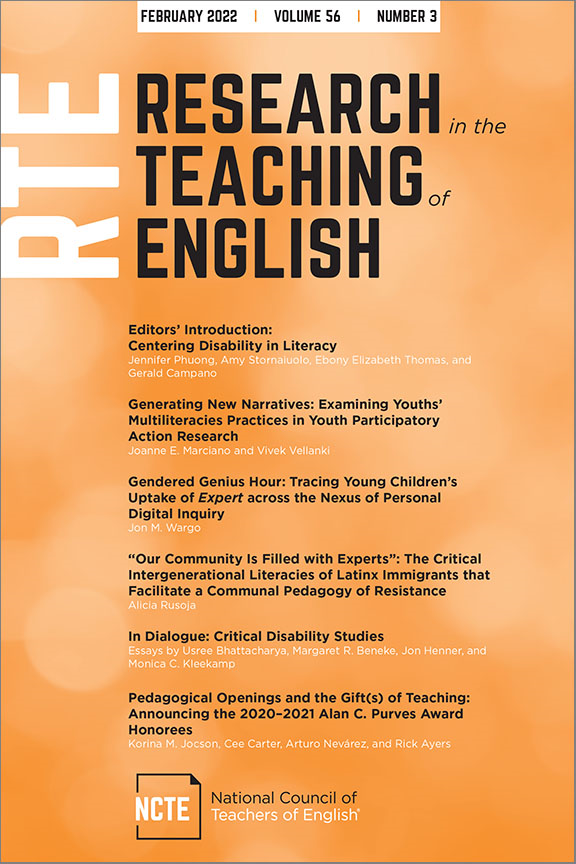
Full text loading...

Annotated Bibliography of Research in the Teaching of English, Page 1 of 1
< Previous page | Next page > /docserver/preview/fulltext/rte/56/3/researchintheteachingofenglish31642-1.gif
There is no abstract available.

Article metrics loading...

Full text loading...
References


